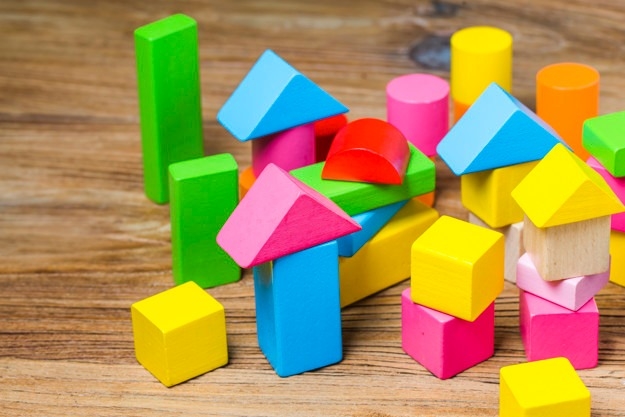
Spatial Awareness: An Essential Life Skill
24 May 2018 | 3 min Read
Shreiya
Author | 32 Articles
As a STEM educator, I often find children lagging in these basic skills. These skills fall into the neglected area of the curriculum, when they should be on the top list.
Here are a few reasons why I believe we need to lay greater stress on Spatial Reasoning during Early years.
1. These mental skills are required in daily routine life. We expect kindergarteners to find their way to their classrooms, wear shoes properly (wearing left shoe in left leg and right shoe in right leg), comb their hair using their mirror image and many such mundane tasks. All these would be impossible for them without having spatial reasoning.
2. Spatial reasoning skills are a measure for kindergarten readiness. For example kindergartners are expected to recognize and name at least four basic shapes — circles, squares, triangles, and rectangles.
3. Research indicates these skills are critical for success in math and science and are a better predictor of success at math than other verbal and math skills.
4. Early spatial ability is also a predictor of future reading skills.
5. Spatial reasoning is imperative in building a child’s sense of size, space, shape, position, direction, and movement.
These reasons make spatial reasoning almost impossible to ignore. That said, the next step is how to develop these crucial life skills. Thankfully, as much as they are important they are not difficult to develop. Simple, routine toys and activities can do the job. Here is how:
1. Use the correct Jargon: Expose your child to rich array of spatial terms like above, below, under, inside, outside and so on. It is easier to understand when we use correct words for the spatial terms. Like instead of asking your child to get his napkin from the drawer, instruct him to get the napkin from the third drawer. Similarly, tell him to put his napkin in the left pocket of his pants.
2. Play Puzzles: These are great at building visual spatial skills. Encourage your child to look at the picture and find the missing pieces. Even when your child is not looking at the picture to find the pieces, she is looking for a shape that can fit in a given piece. Tangram, patter blocks are another way to enhance these skills.
3. Go on a Shape Hunt: This is a simple, effective game to keep children busy while you are travelling. Ask them to point out the shapes they can see like a rectangle. When they see one, encourage them to understand the difference between a rectangular window and a rectangular building. It requires the same recognition skills as in the worksheets except now these can be related to real life.
4. Engage in Blocks: Blocks are another great tool to build spatial skills. Encourage your child to construct towers, shapes using blocks. A simple set of blocks is all you need to get those neurons firing.
5. Encourage some Map work: Simple activities like asking your child to draw the picture of her room and arranging the furniture accordingly lay the foundation for understanding basic maps. Similarly, when in park, ask your child for directions to the swing area.
The best thing about Spatial Skills is that they can be nurtured and honed. They are not something determined by the gene pool or the gender, as some people earlier believed. All you need to do is provide ample opportunity and practice.
Also read: 5 Fun Learning Activities Using Duplo Blocks
#earlylearning #education #earlychildhoodeducation #kindergarten
A


Related Topics for you
Suggestions offered by doctors on BabyChakra are of advisory nature i.e., for educational and informational purposes only. Content posted on, created for, or compiled by BabyChakra is not intended or designed to replace your doctor's independent judgment about any symptom, condition, or the appropriateness or risks of a procedure or treatment for a given person.
